Let’s talk about one of the 6 Keys for Trainers (these are your keys to success) in Equine Clicker or Horse Training. Accountability!
What is Accountability?
Taking responsibility for that what you decided on to do. When your intention is to train your horse 5 times or sessions a week, what help you actually do it? Just having an intention is often not enough.
There are two kinds of accountability. Most horse owners I’ve worked with, thrive with accountability. There are different ways of keeping yourself accountable.

Internal accountability
When you have internal accountability, you could say that you’re highly self motivated. You decide on a specific goal with your horse and do it!
You might write it down in your calendar to remind yourself of it or make a schedule (without someone telling you to do so). Then, when they see your reminder pop up on your calendar or phone, you just do it. When you have ways to keep yourself accountable, I call this internal accountability.
Accountability is not just for the first few steps towards your goal, its really taking responsibility to do what you have to do in order to accomplish your goal.
Most clicker trainers have enough internal accountability to start, but when their goals get more challenging or after when the novelty and excitement of their new goal wears off, they (also) need external accountability.
External accountability .
Then there is external accountability. This is when you need support to help you stay on track with your goals and to remind you to take action.
For example you have a coach or friend that you report back to about when you have done some training or have accomplished a step towards your goal. Your accountability partner becomes a powerful motivation to do what you said you would do. Just knowing that you have to report by email, text or in person can boost motivation.
Common examples of setting up some kind of external accountability are weekly lessons, coaching or getting together with a friend at the barn and train or ride together.
Combi of both internal and external
When horse owners set a new goal for their horse they are super excited and can’t wait to get started. This is when the internal motivation (with the end goal in mind) is super high.
In Force Free Movement Training, especially when you want your horse to loose weight or have another long term goal in mind, like piaffe, Spanish trot or passage, the internal accountability can wear off after a while.
You know you could do it when you would surround yourself with like-minded horse owners that have the same or similar goals. Being a member can be such an invaluable tool to help you accomplish what you want with your horse.
Accountability is one of the 6 Keys for Trainers in the HippoLogic clicker training program. This is something people often forget to set in place for themselves for a long term success.
Reasons Motivation decreases in Clicker Training
Accountability will help you keep going, even when your motivation decreases. What makes your motivation decrease?
- Not seeing results. Your expectations are too high, your effort was not enough or you didn’t do the right things to get the results you’re aiming for. Or, you just simply forgot what you’re starting point was (I have a solution for it, which can be a great tool to keep motivation high) and you’re getting the feeling you’ll ;never’ reach your goal.
- It takes (way) longer than expected. Maybe your horse doesn’t really understands what you want and he’s tuning out easily in movement training. You don’t have a shaping plan that works and got stuck. Or you simply didn’t realize that it can take 3-4 months to see weight loss results in a recovering laminitis horse. After all, his feet are healing when you start and this is not a normal situation that fits traditional approach (it’s easy to coerce your horse into a certain amount of exercise when you use negative reinforcement and punishment, because you don’t have to take into account the horse’s feelings about it). Which brings me to the next point:
- Comparing yourself with others. It’s an easy pitfall to compare yourself with others that are getting the results you want. But comparing your own ‘Chapter 5’ with someone else’s (maybe) ‘Chapter 7’ or ‘Chapter 23’ is not helpful. We don’t know where they started and what they’ve done, all we see is their results. It’s also not a fair comparison to compare your horse that might have metabolic issues with a healthy horse. I made this mistake at first and instead of feeling motivated (“Yeey, it’s possible”) it made me feel like a failure (“Why can they get their horse in shape in a weeks and I don’t? What’s wrong with me?”). It made me feel miserable and in despair. Luckily my supportive tribe (it’s all in here) helped me stop doing this!
- Feeling isolated. After a couple of weeks of training your recovering laminitis horse, while seeing all your friends ride their (healthy, non-EMS!) horses, or seeing that their get their (healthy!) horses in shape so easily, it can be really hard not to give up on your force free (R+) movement training plan for your horse. This can demotivate you. Don’t give up! There is hope! Find yourself a tribe, join mine.
5 Tips for setting up accountability
- Make a plan and set up reminders in your phone or calendar
- Find an accountability partner that celebrates your wins with you
- Join a tribe of like-minded equestrians or horse people with similar goals
- Get weekly coaching
- Make yourself accountable by sharing your plans on your social media
Key Lesson for Trainers #4: Accountability
Discovering what Accountability was, and that I could set it up and use it in a conscious way, was a real game changer for me!
Setting up accountability as part of my clicker training really helped me accomplish the most challenging goals of my life. We are social animals and we all can use support in some way or another.
I hope this gave you some ideas and motivation to try it out and see what works for you.
Do more with Clicker Training!
Are you a compassionate horse owner who wants to build a strong friendship with your horse? Would you like to understand your horse better and help your horse to understand YOU better? Get access to high quality online training and a fabulous, supportive R+ community in our HippoLogic Clicker Training Academy. Check out the link!
Want to do more with Clicker Training?
Join the HippoLogic Academy! I coach and support you personally getting your dream results with positive reinforcement, so that you can bond with your horse in the process. Create a connection build on mutual trust and understanding, a clear two-way communication built on love. Click the image to go access the application form ↓

Not sure? Start with a free clicker training assessment to get taste of what it feels like to work with me. When you have a specific struggle that you want to overcome, don’t hesitate to contact me.
In this assessment you’ll discover what’s holding you back from accomplishing the things you want with your horse. After our conversation you’ll know exactly what to do, in order to move forward towards your goals.
Happy Horse training!
Sandra Poppema, B.Sc., founder of HippoLogic & HippoLogic Clicker Training Academy

Join us!


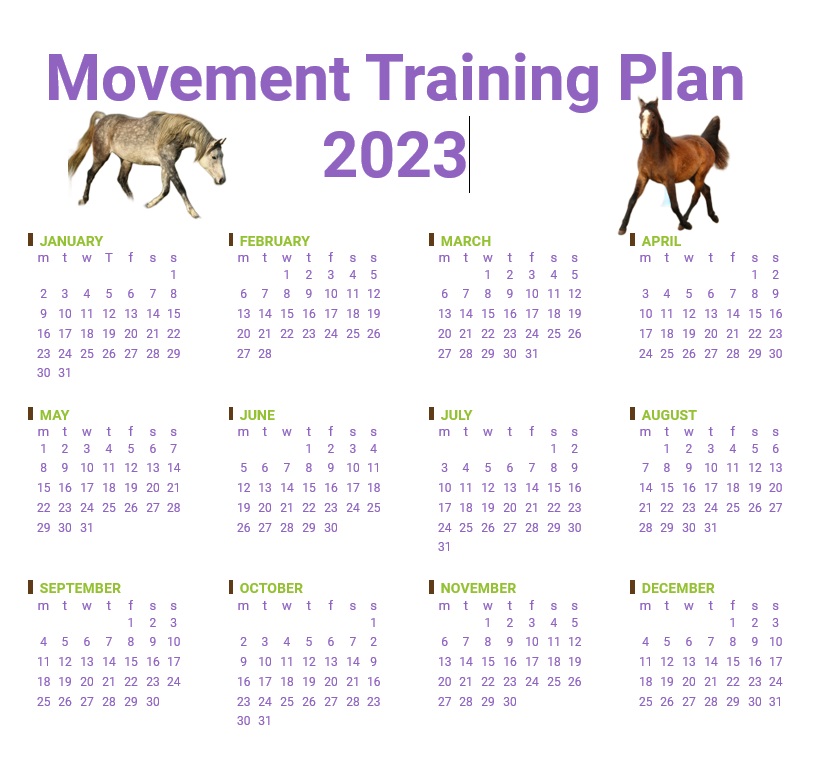







 I am playing with this idea for a long time and I finally found the courage to take action!
I am playing with this idea for a long time and I finally found the courage to take action!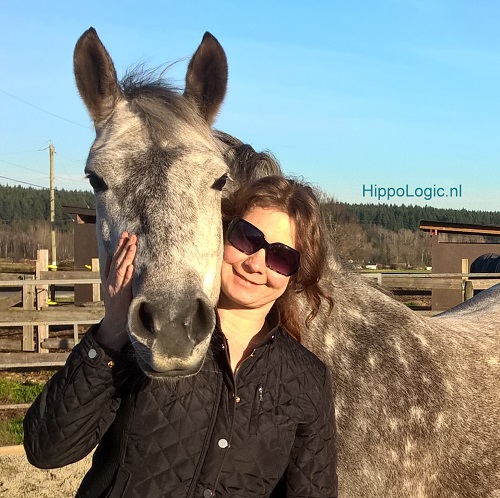


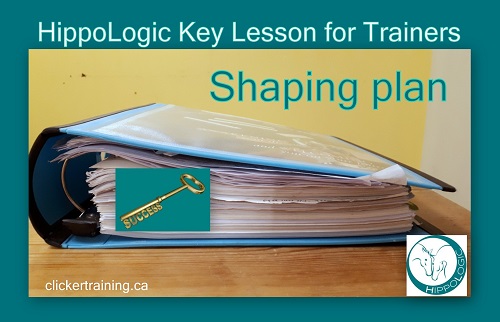




 competition dressage rider wasn’t compatible with my values. Animal welfare is very high on my list. In the 80’s and 90’s pulling the horse behind the vertical was very much rewarded by judges. Riding with a double bit and spurs didn’t fit either: Less is More, right? I wondered what I loved about the riding dressage competitions and if I could take that and honour my values? I loved: riding for an audience, inspire people what you can accomplish with good riding and training and how beautiful it is to see a rider and her horse in total harmony. It took a few sessions with my mentor to figure it out.
competition dressage rider wasn’t compatible with my values. Animal welfare is very high on my list. In the 80’s and 90’s pulling the horse behind the vertical was very much rewarded by judges. Riding with a double bit and spurs didn’t fit either: Less is More, right? I wondered what I loved about the riding dressage competitions and if I could take that and honour my values? I loved: riding for an audience, inspire people what you can accomplish with good riding and training and how beautiful it is to see a rider and her horse in total harmony. It took a few sessions with my mentor to figure it out. into smaller steps. What does your horse need in order to get to your goal?
into smaller steps. What does your horse need in order to get to your goal?


 because we (‘we’ = R+ trainers, instructor or not) present it like that (almost) all the time!
because we (‘we’ = R+ trainers, instructor or not) present it like that (almost) all the time! 


 In one training session Kyra already learned to ring a hotel bell and ring Christmas bells. Take a look and get inspired!
In one training session Kyra already learned to ring a hotel bell and ring Christmas bells. Take a look and get inspired!
 Want to make a DIY horse wreath?
Want to make a DIY horse wreath?  If your horse goes ‘over threshold’ due to trigger stacking it means the horse can’t coop with the stimuli (the unfamiliar or new thing in the arena, the fact that he can’t investigate, that he is forced to approach it and so on) and he goes into flight (sometimes fight) response in order to release the tension.
If your horse goes ‘over threshold’ due to trigger stacking it means the horse can’t coop with the stimuli (the unfamiliar or new thing in the arena, the fact that he can’t investigate, that he is forced to approach it and so on) and he goes into flight (sometimes fight) response in order to release the tension.

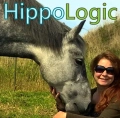



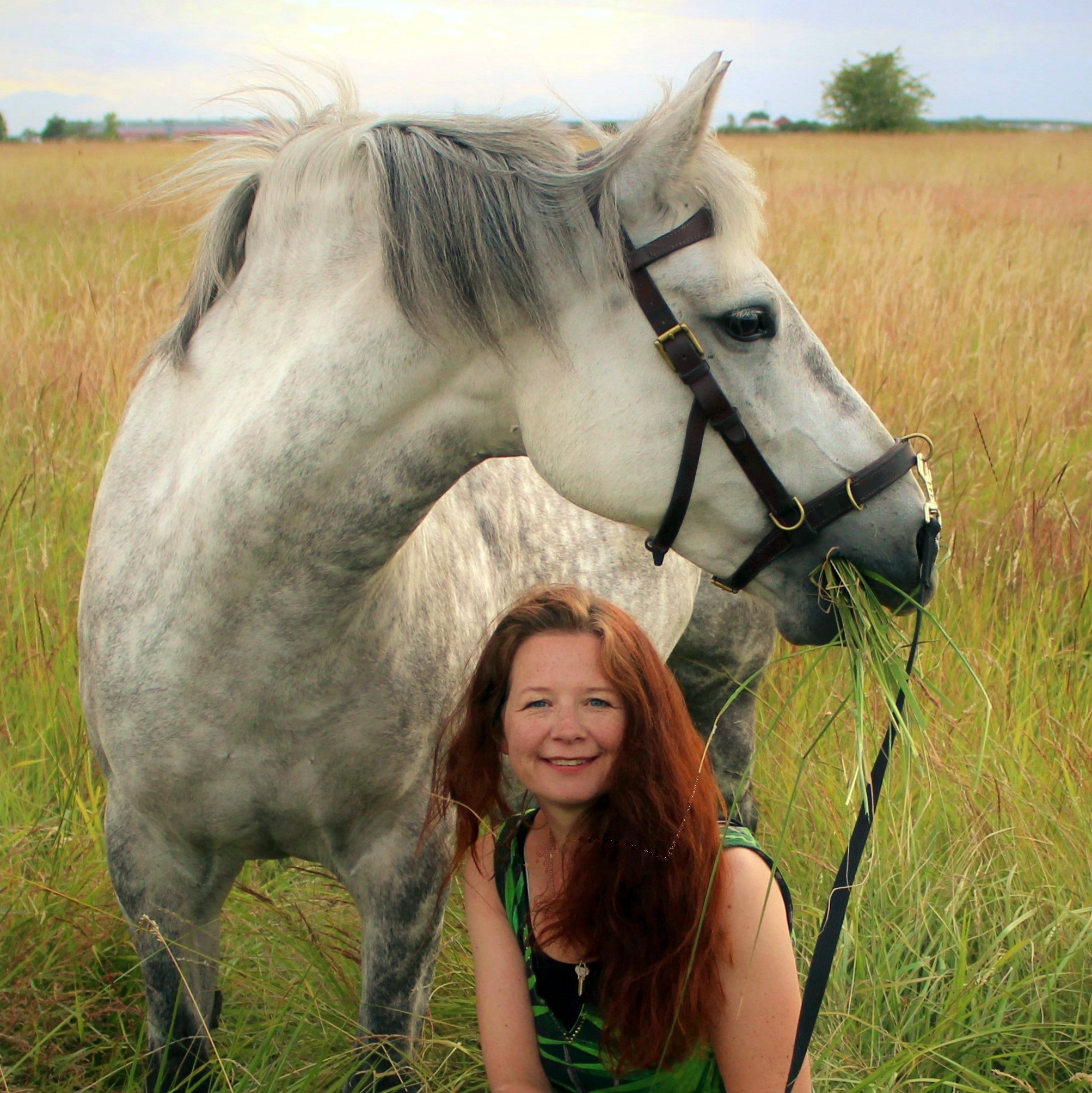

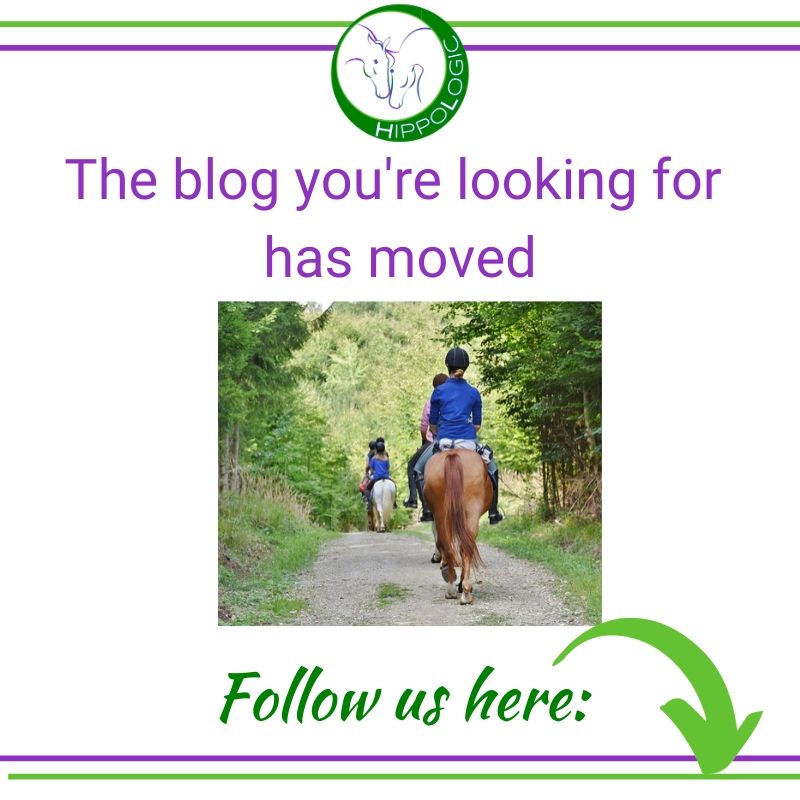
You must be logged in to post a comment.